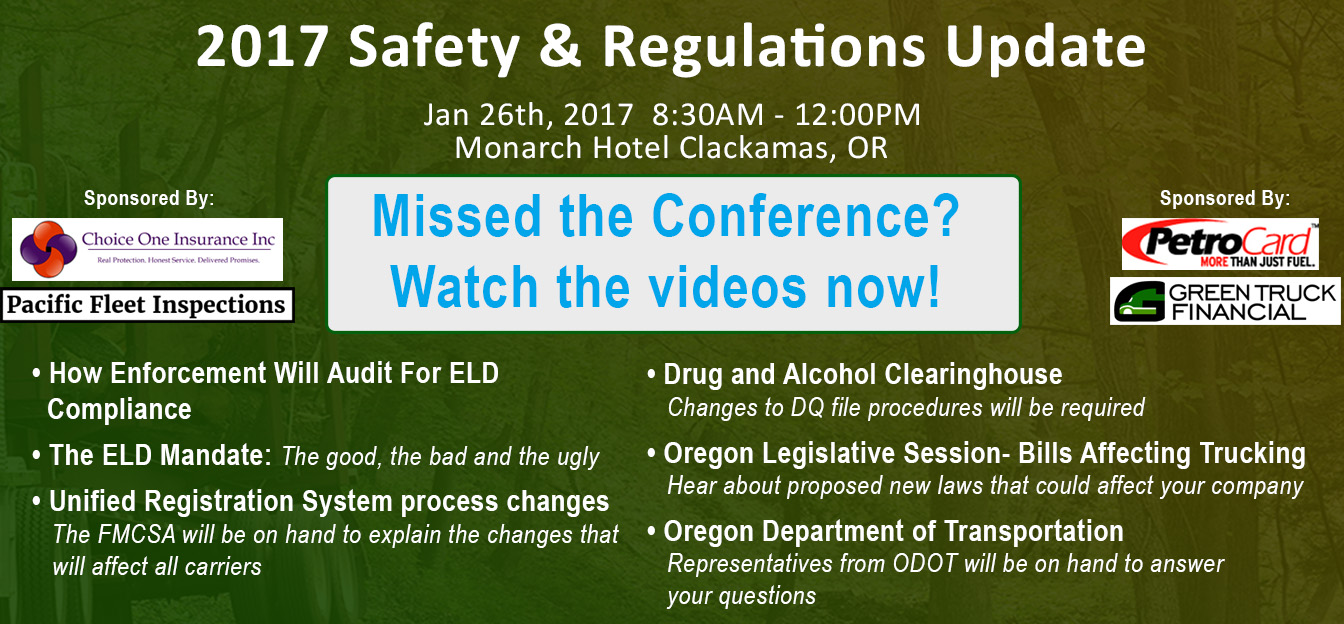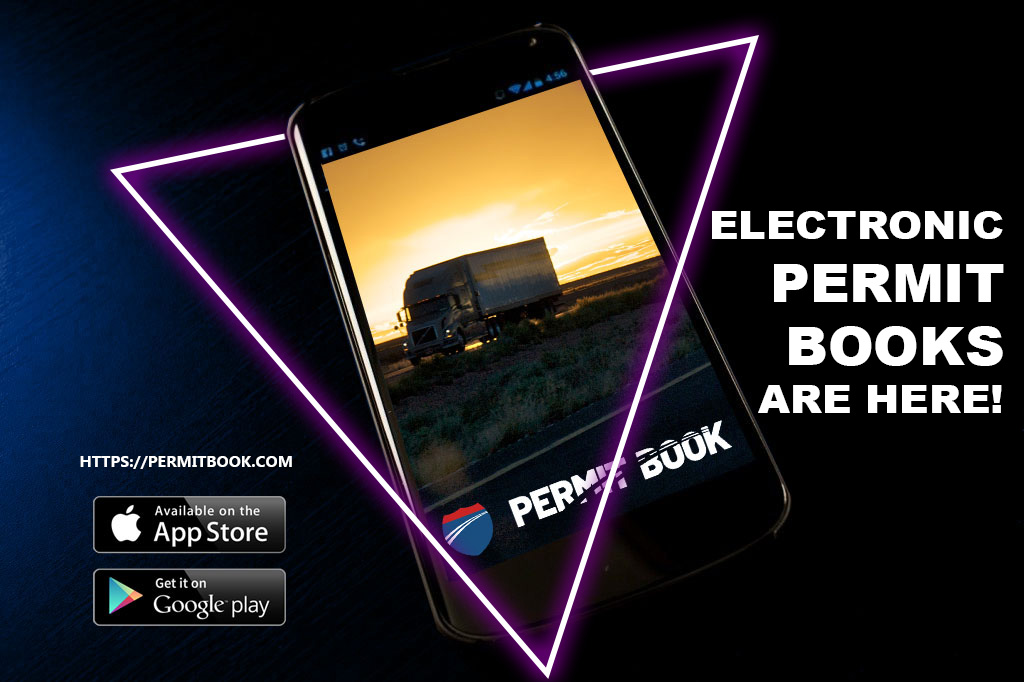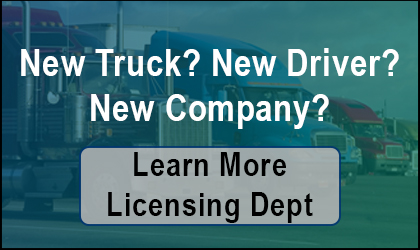
4 Ways to Help Drivers Transition to ELDs
posted in Alerts by Brian Gray
4 Ways to Help Drivers Transition to ELDs
Wanted or not, change is a fact of doing business. Trucking is currently experiencing an explosion of change led by the adoption of technology by both regulators and industry best practice. Change is always a difficult process and is made better or worse based on how it’s embraced.
If you have been in the trucking business for a while, then you know that the adoption of AOBRD(s) and now ELD(s) has been met with significant resistance by some drivers over the previous decade.
The ELD mandate represents a very large change that affects every aspect of trucking, from top to bottom. Once the company has embraced the ELD, transitioning the driver into the technology will be the next most difficult part of this change. An effective transition plan will make a positive difference on how well and how quickly this change is adopted.
The first step is to be patient with your drivers. Those that have already transitioned all say that in time, the drivers realize that using ELDs was not as bad as they imagined. The following are recommendations on how best to accomplish the ELD transition:
-
Follow the Leader – Get Your Most Veteran, Respected, and Successful Driver On Board
The most important factor in successfully managing change inside of an organization is making sure there is a clear vision to follow and that the leaders in the organization believe firmly in the vision and the benefits the vision will yield.
During this transition phase, your executive and safety teams should identify your best and most seasoned drivers and ask them to participate in choosing an ELD solution to meet your fleet's needs. Also, bring in those drivers who are most comfortable using technology and get their feedback as well during the ELD selection process.
If your driver leaders believe in the value of your ELD solution, there's a better chance your naysaying drivers will come along as well. Here are some topics you should discuss with your driver leaders:
- How drivers' hours are recorded, stored, and transferred through the ELD
- Driver rights and how an ELD solution can protect them from harassment
- “Plan B” or what to do when the device breaks down or service is disrupted
- How the information will be used by your company, including reporting of violations and length of storage
- Your timeline of ELD implementation
-
Focus on What the Driver will Gain, Not What He Will Lose
ELD(s) will bring a greater degree of accountability and efficiency to your back-office hours-of-service management tasks, but what will the driver gain by using an ELD solution? Here's just a few of the benefits:
- Transparency – drivers will clearly know how many hours they have left to drive and they can more compellingly refuse a load if they know they can't deliver it within their legal hours-of service constraints
- Leverage – If a driver fails to deliver a load on-time because a shipper kept them delayed, a driver and the motor carrier can now present more compelling evidence to receive detention pay and show their shipper clients that they may not be fulfilling their freight preparation responsibilities
- Peace and Quiet – There's lot of reasons why a dispatcher has to call a driver, but an ELD solution will at least remove one type of annoying calls – the hours-of-service “check-ins”
- Recognition – Drivers will now be on a level playing field and will no longer have to compete with bad faith operators. Every driver will have one log book and it can't be altered except by the agreement of a supervisor, and even then a record of the change will be kept in the ELD system.
-
Plan Your Timeline of Implementation on the Left Side of the Learning Curve
Your fleet will only be as compliant as your least competent ELD user. Even if your fleet has installed a certified ELD device in your trucks, the FMCSA still requires that your drivers know how to access their previous seven day logs and send them to a scale inspector or law enforcement officer.
About 20% of drivers gain mastery in using their ELD devices within a few days or a week. However, some drivers will have trouble with using ELD(s) properly and may need multiple sessions of hands-on training before feeling comfortable with their device. Expect at least 30 to 60 days of lead-time before your fleet will be comfortable and competent in using your ELD solution.
Do not wait until the Fall of 2017 to begin your fleet's implementation of an ELD solution and make sure your drivers and driver leaders are aware of your implementation schedule, which you should already have in place or be planning at this time.
-
Share the Benefits and Rewards that ELDs Can Provide
Implementing ELDs offers a range of cost-savings to your business, including, but not limited to:
- Decreased hours-of-service violations and therefore less regulatory fines
- Decreased time spent by administrative staff tracking and managing hours-of-service, allowing you to devote more of your human resources to finding freight and developing your business
- Decreased risk of crashes that (in time) may lead to lower insurance premiums and decreased worker's compensation claims
This all adds up to improved profitability for the business, which in turn provides drivers with better job security and potentially greater earning potential. However, make sure that you DO pass on these savings and increased revenue in some form to your drivers.
Want to maximize the compliance and intelligence reporting capabilities of your ELD and telematics solution and deliver even more value to your drivers and shipping clients?
Glostone Trucking Solutions can incorporate and simplify FMCSA and DOT Compliance by managing:
- Your ELD data
- Driver qualification (DQ) files
- Drug and alcohol testing
- Fuel and mileage taxes
- Driver and management training
- Vehicle registration, licenses, and permits
- Your Corrective Action Plan, should you ever be required to provide one








